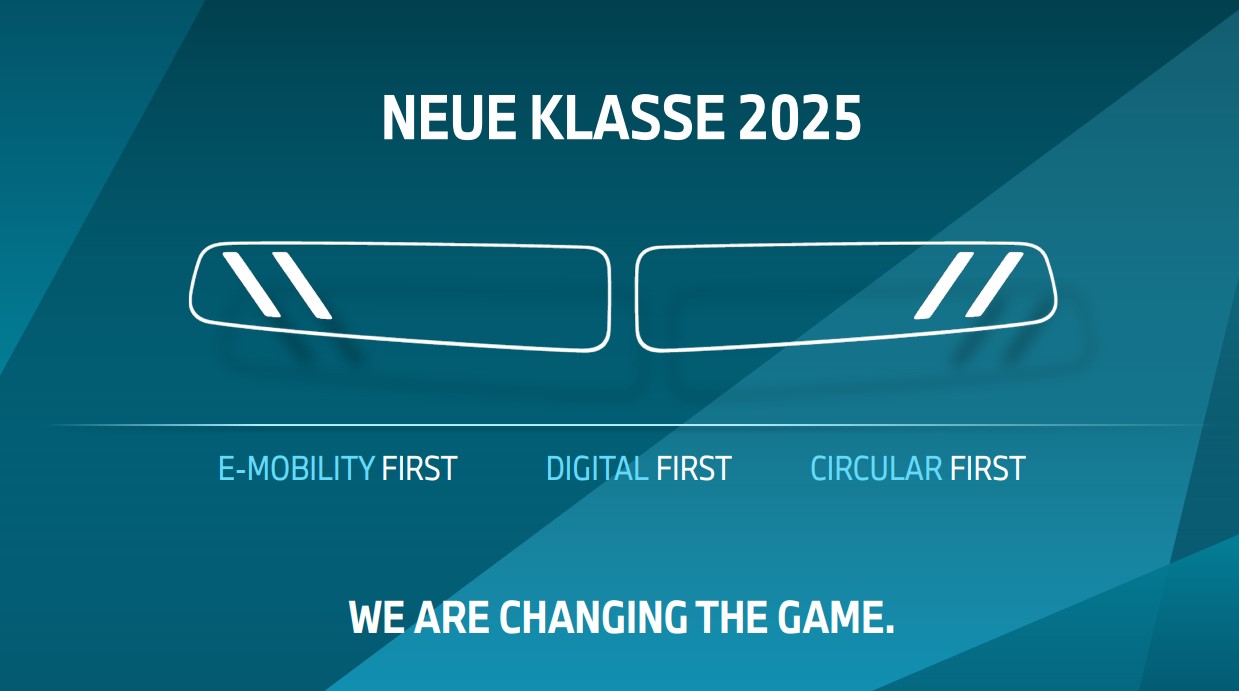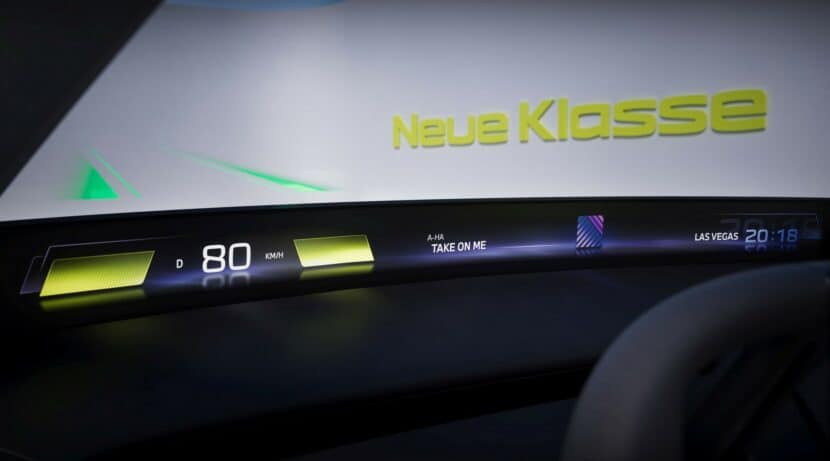2025 will mark a new beginning for BMW as the Neue Klasse family of dedicated electric vehicles is set to bring substantial changes. Not only will it usher in a fresh design language, but also hardware advancements and even more technology like a wide head-up display. Underneath the skin, BMW will switch from today’s classic prismatic cell design to a cylindrical shape. Made by CATL, the next-gen batteries are bringing a 20% increase in energy density, a 30% boost in charging speed, and 20% less weight. Production costs are projected to go down by 50% while associated CO2 emissions are estimated to be reduced by 60%.
To make it happen, the BMW Group has inked a deal with Molex to use its Volfinity Cell Contacting System. Developed for both prismatic and round cells, CCS serves as an interface connecting the cells to the control board. The benefit of utilizing such a setup is the automaker avoids the hassle of manually wired connections that would potentially lead to human errors. Molex touts that its product withstands the test of time by being more resistant to degradation.
Initially, BMW will use the technology for the batteries going into a sedan and a crossover in the 3 Series segment. The first Neue Klasse cars will begin to roll off the assembly line in 2025 at the new Debrecen plant in Hungary, with Munich to follow a year later. The automaker’s factories in Spartanburg (United States), San Luis Potosi (Mexico), and Shenyang (China) are also going to make NE-based models starting in the latter half of the decade.
These future EVs will offer 30 miles (48 kilometers) of range for every minute spent recharging the battery pack, according to BMW Chief Technology Officer (CTO) Frank Weber. Don’t hold your breath for electric cars with more than 621 miles (1,000 kilometers) of range since BMW’s head of Efficient Dynamics, Thomas Albrecht, said a while back it would be overkill. On the sporty side, the M division is already working on an i4 M50-based prototype with quad motors able to push out as much as 1,341 horsepower. The first full-fat M electric vehicle could arrive as early as 2027 based on a statement made by M development boss Dirk Hacker.
Source: Molex






































































